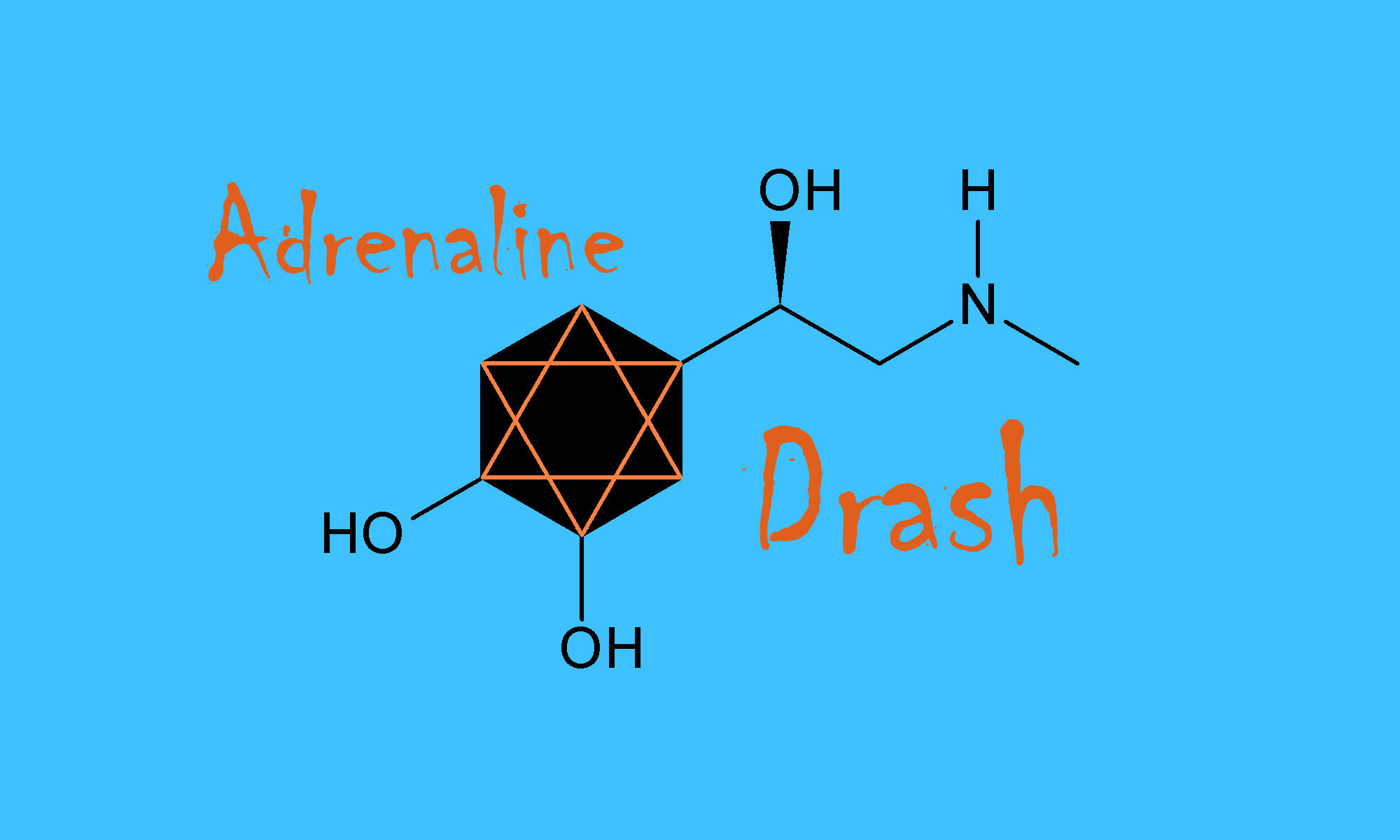Hand crafting Jewish ritual wear is one of the ways I pray. This week, I am sewing angel tallitot.
When I designed my angel tallitot, I meant to solve specific problems faced by guitar-playing rabbis and cantors; rectangular tallitot often go askew or get caught in guitar straps. And I wanted to see if I could create a tallit with wings.
One night, after a deep conversation with Rabbi Hanna Tiferet Siegel about All Things Jewish, I saw the tallit I would create. Those who know Rabbi Hanna Tiferet will understand why the tallit appeared to me in the form of angels’ wings.
I spent some months designing a pattern. But while I drew, cut, and drew again, it was mostly Rabbi Daniel Siegel who kept coming to mind.
When I first started rabbinic studies with ALEPH, the Alliance for Jewish Renewal, a decade ago, I arrived with enormous enthusiasm, a pleasant singing voice, and modest guitar-playing skills. As someone who had grown up in fairly secular surroundings, I had little knowledge of Jewish ritual. I had next to no experience with liturgy. I knew, as my grandmother would say, “from absolutely nothing” when it came to halakhah, Jewish law.
So when a classmate told me that the tallit I had made back then for my guitar-playing self was not “halakhic,” I felt worse than awful. I felt humiliated by my own ignorance.
My first course with Reb Daniel was at an ALEPH Kallah. I knew from absolutely nothing then. Reb Daniel, on the other hand, was so steeped in all things Jewish that when he sang a niggun in his gravelly voice I felt I was listening to generations – centuries really – of Jewish longing for the Holy One of Blessing.
Reb Daniel never seemed to care about our ignorance and never tried to measure it. He simply wanted to offer us – with both heart and mind – the beauty of Jewish tradition, learning, and text. He wove Chassidic tradition and halakhic intention together with such tender care that the room would shine.
I went to Reb Daniel, who told me to get the tallit and meet him outside. When I returned, he was holding a number of books. He examined the tallit, which had been made with two shawls sewn together. He noted where I’d placed the tzitzit. He began reading, translating and explaining from his various volumes. We went over the issue of corners the student had addressed. Was there, in fact, a limit on the number of corners a tallit could have or was the only question I needed to be concerned with around making sure the tzitzit were placed on the corners farther from one another?
I will always remember the way Reb Daniel walked me through each of the rabbinic texts. I never felt small or ignorant. I felt, simply, like a beloved and respected student.
I have never, ever forgotten the way I experienced my first real encounter with halakhah and the halakhic process. I learned from Reb Daniel how humane and life-giving Jewish law can be; I learned how to recognize its thoughtful purpose.
But most of all, I learned how to teach those who are anxious and frightened because they think they aren’t Jewish enough, don’t know enough. Reb Daniel taught me: Open Judaism up like a petaled flower and your students will be glad to take in the beauty of their inheritance.
So now, Reb Daniel, ten years later, I thank you for doing just that. Yours has been beautiful learning I won’t forget.
P.S. Happy birthday!

